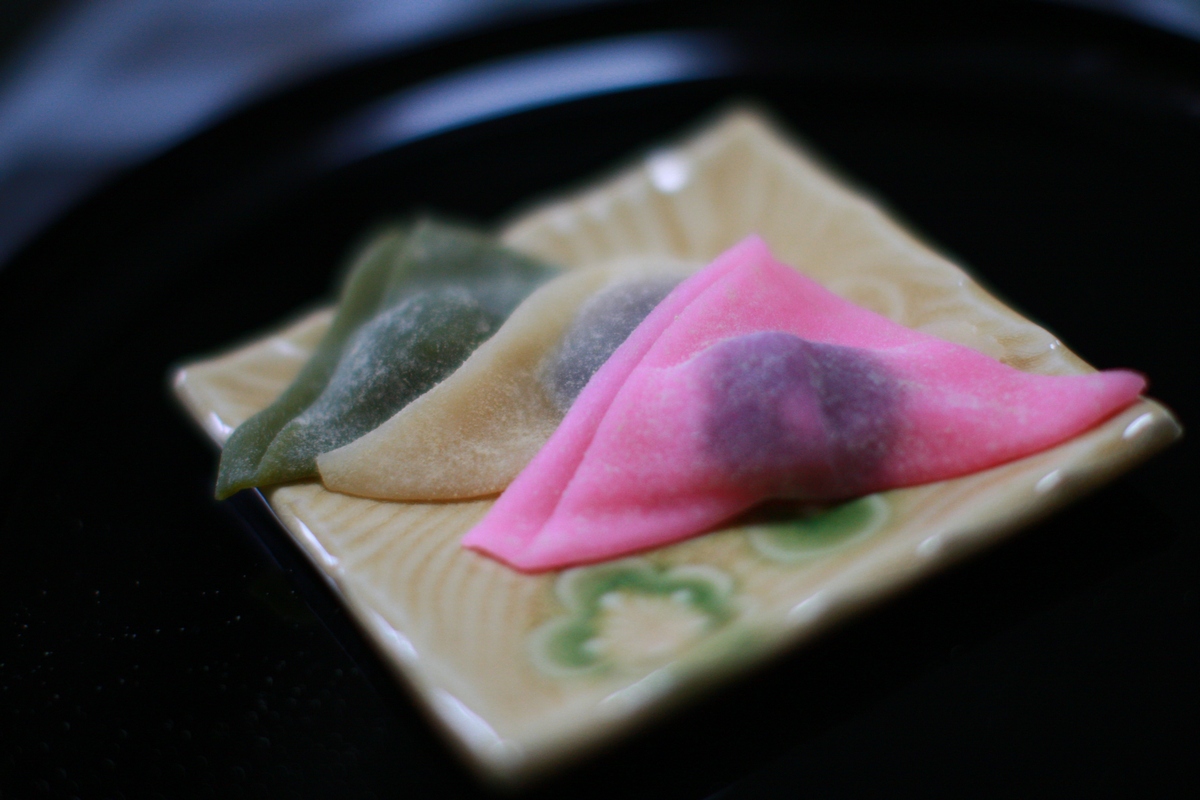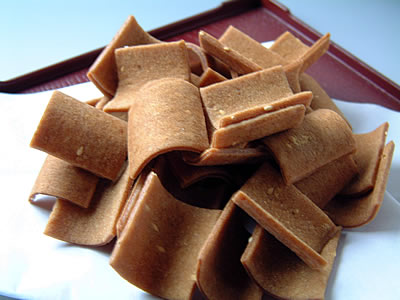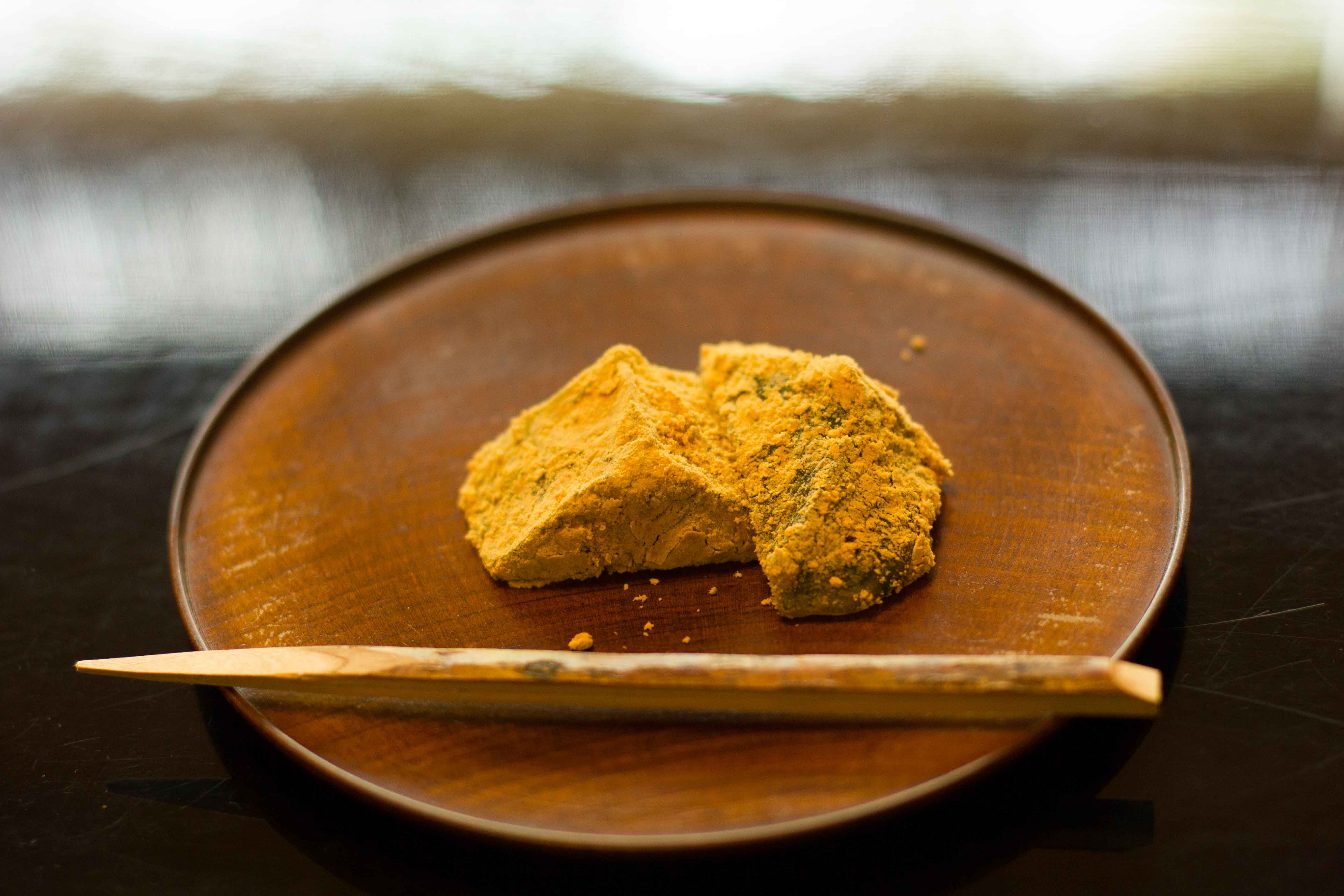 |
| Yasaka Shrine, which we visited before Kiyomizu-dera |
Well basically at this point I've decided to write totally out of order in favor of just getting things done. I started to write this when the memories were still fresher in my mind, and then finished it up today. So here goes: skipping about two weeks ahead, I'm going to talk about my first trip to a Buddhist Temple.
 |
| right outside the temple, a pagoda |
My friend and I managed to work out a time to go visit Kyoto, which is sort of her hometown, and also an old capital city of Japan.
For any of you who would like to know how it is written (or to find out if your computer supports japanese text, haha) these are the kanji: 京都
So anyway, I got to visit Kyoto! Specifically, kiyomizu-dera (清水寺), an old temple that is both sprawlingly large (well technically it's not large but there are a lot of small surrounding shrines and other things so it's like a big complex of shrines and one fairly large temple) and breathtakingly beautiful.
 |
| thank God for google images - yatsuhashi unbaked |
 |
| google images gets credit here - yatsuhashi baked |
 |
| google images to the rescue: warabi-mochi |
warabi-mochi 蕨餅 (starchy jello-like cubes that are then covered with powdery flavored things, a bit more on the undersweet side but very flavorful) ,
 |
| google images - tsukemono |
 |
| google images - umeboshi |
and umeboshi 梅干 (pickled plums, which I used to think I hated until I tried these. Turns out I just don't like cheap umeboshi. These pickled plums varied between extremely sweet with a hint of sour and so salty I wasn't sure if it was actually plum or just salt and vinegar with plum waved over the top. They all had a really good flavor, and the shop also served some sort of seaweed broth with it that tasted like sea water but not quite, it had a bit of some sort of soupy essence to it. like if you made soup out of ocean water maybe... )
Finally, last but not least, Kyoto is famous for its matcha 抹茶 (a powdered green tea with a very strong flavor. If you've ever had green tea ice cream, it's a little bit like that, only imagine it much more concentrated. Very good, though according to my friend there are quite a few people who don't like it, they think it is too bitter. I love it though, which means that when my friend and I decided to get a green tea parfait that cost an arm and a leg but ended up tasting FANTASTIC and was almost too much even though we'd decided to split the parfait and price... haha. I loved it. There were also matcha cookies that had white chocolate fillings and it was like heaven in your mouth, the subtle white chocolate and the powerful matcha... the easiest way to describe matcha is to have you think of coffee. I KNOW IT SOUNDS STRANGE, JUST WORK WITH ME HERE FOR A MOMENT. So matcha, like coffee, is a very strong flavor that can be bitter but addicting. Like coffee, there is matcha flavored ice cream, matcha flavored cakes, matcha flavored jello, matcha flavored desserts in general. Now technically matcha and coffee taste nothing alike. But they have very similar qualities in that they both have a very discernable flavor that is an acquired taste but can be used in a myriad of ways. And I love it, so of course I had tons of fun trying the different matcha flavored things in kyoto.)
Now to go into detail about the fantastic temple:
 |
| kiyomizu-dera from a distance |
it was beautiful. Surrounded by trees, made of old worn wood, the sound of water running (this temple is famous for a waterfall that can supposedly cure ills), a light breeze, the last of the cherry blossoms drifting down from above... the atmosphere was perfect, it wasn't too warm out, and I'm pretty sure my friend was sick of hearing me saying "Aww! So pretty!!!" over and over again.
 |
| a shrine connected to kiyomizu-dera |
Unfortunately, my camera died almost right away because I couldn't figure out how to get it to tell me if it was running out of batteries or not last night and so I hadn't charged it (stupid me, I know). Fortunately I have a japanese cell phone that, while its photos aren't the greatest, they are of a decent enough quality that I can post them here, though they are a bit fuzzy, sorry.
 |
| a buddhist monk chanting |
 |
| my friend sabrina took this picture at kiyomizu-dera, I just stole it from facebook |
 |
| burning incense in front of the temple |
As we continued from there, I was able to look at the temple's interior, which had a large statue of Buddha and was burning incense. If there was one thing I took away from this trip, it was how strangely comfortable I felt in this place, and at the same time, how intensely sad it made me. I was expecting to feel afraid or awkward when visiting a temple, but instead found myself feeling introspective, and concerned for all the lost who came to this place looking for answers that a wooden statue covered in gold leaf could never provide. In the time since I've had the chance to visit many shrines and temples and out of all of my friends, it's safe to say that I am the most comfortable in these spaces of worship, despite the fact that I am also the most vocal about my faith. I once discussed with an Atheist friend why she was so uncomfortable in the space, and she said to her the idea of religion was so foreign that it was hard to come to terms with it. She also mentioned it felt threatening to her worldview in an abstract way, which I found interesting.
To me, I explained, despite the fact that I don't believe in Buddhism or Shinto, I had no problem interacting with the religious spaces, nor did I feel particularly threatened by them. I suspect in part this is because I approached the space as an opportunity to understand how to better reach those who followed it's practice, and also approached it with the understanding that very few Japanese actually practice these faiths. For the Japanese, religion is more like a way to connect with the past than a personal conviction, so many of these shrines and temples are little more than a place to go to "cover your bases". Much like a lot of cultural Christians in America today.
I don't know if the reason I didn't feel much tension in these spaces is because I am not considered a threat by the enemy (I really hope this isn't it, I like to think I'm making a difference), or because I am approaching this religious fixture almost like Paul did on Mars hill - here, look at your religion, it is close, but you are missing the most important piece: Jesus! The unknown god!
You are worshiping the created rather than the creator!
 One thing I do wish is that more churches in the US were set up like buddhist temples and shinto shrines in Japan - not in the sense of statues and insence, but rather the deep and powerful beauty of these areas for religious gathering. These spaces are beautiful, and so carefully cultivated to really display the vast and intricate beauty of nature. Really, God created this world in so many fantastic ways, and I love that these shrines and temples so strongly display the beauty and wonder that he has created. I think that's probably what I love best about visiting Temples like Kiyomizu-dera -- looking around and seeing God's handiwork, from the nature, to the craftsmanship that was created through talents he gifted...
One thing I do wish is that more churches in the US were set up like buddhist temples and shinto shrines in Japan - not in the sense of statues and insence, but rather the deep and powerful beauty of these areas for religious gathering. These spaces are beautiful, and so carefully cultivated to really display the vast and intricate beauty of nature. Really, God created this world in so many fantastic ways, and I love that these shrines and temples so strongly display the beauty and wonder that he has created. I think that's probably what I love best about visiting Temples like Kiyomizu-dera -- looking around and seeing God's handiwork, from the nature, to the craftsmanship that was created through talents he gifted... When I go to a religious space in Japan, it is created in such a way that I become more attuned to the beautiful and majestic creations in our world, and I wish that churches in America today would bring me the same sense of wonder and beauty. I wish it would be easier to find spaces like this in America, places where I can revel in the handiwork of God as I praise him in a peaceful and beautiful space surrounded by architecture, pools of water, trees, plants, and the wide open blue sky.

